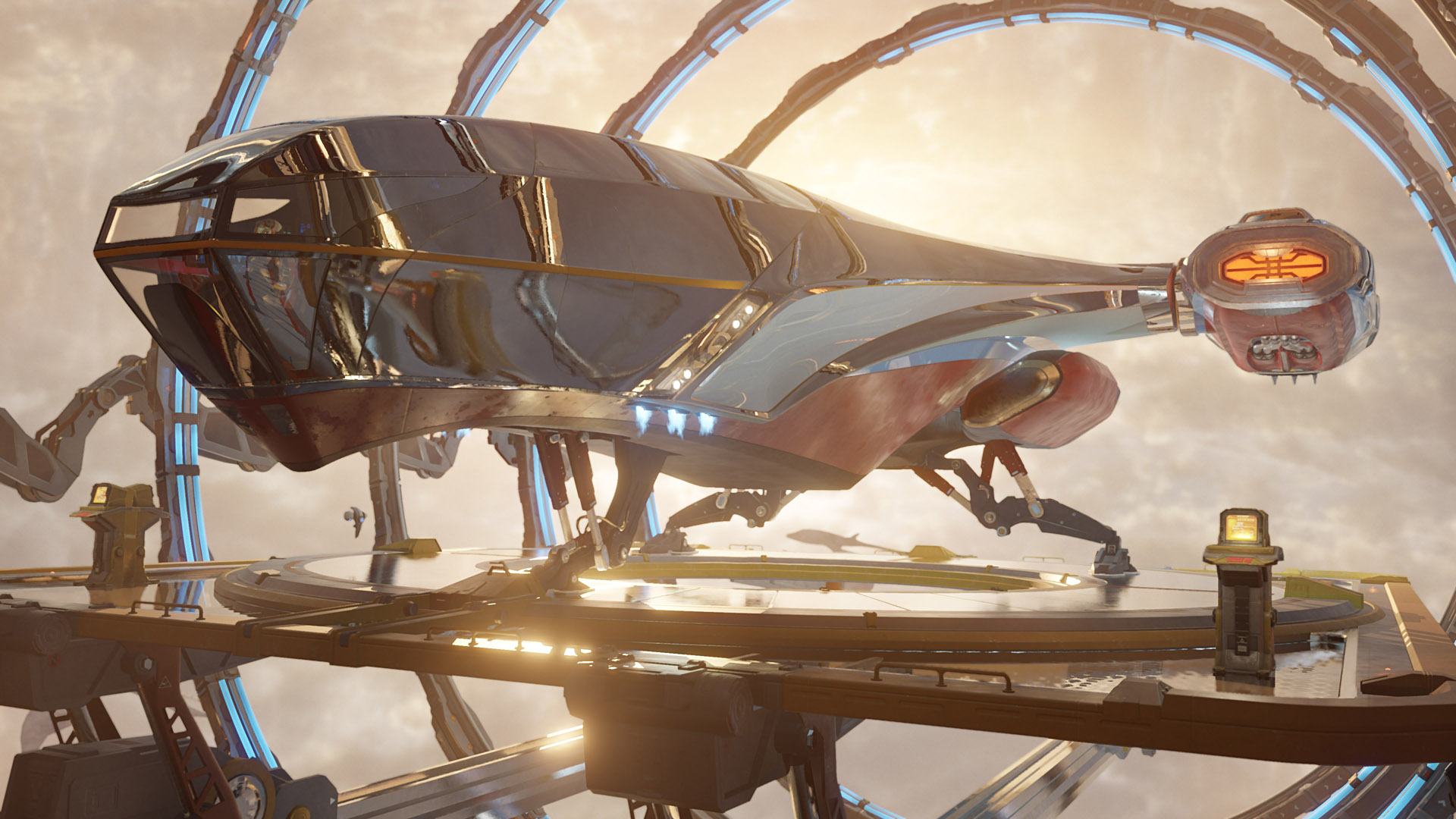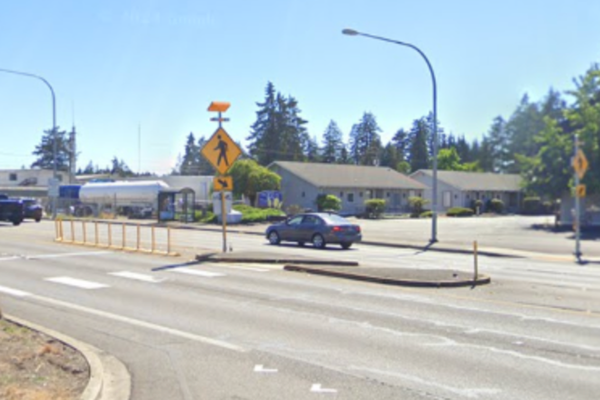
YouTuber JayzTwoCents discovered that manually enabling Resizable Bar in certain non-whitelisted games/applications can yield a noteworthy performance boost. The YouTuber published a video showcasing an impressive 10% improvement in score in 3DMark Port Royal from simply turning ReBAR on with Nvidia Profile Inspector.
JayzTwoCents discovered this feature as he was diagnosing some performance issues with his extreme overclocking rig, featuring a Core i9-14900KS and RTX 5090, aimed at competing against LTT labs and extreme overclocker Splave (who has also written content for us). The Intel-powered rig was underperforming in 3DMark Port Royal by several thousand points compared to his GPU test rig featuring a Ryzen 7 9800X3D.
After talking with Splave, the YouTuber allegedly discovered that most (if not all) extreme overclockers (using Intel-based CPUs) are manually activating Resizable Bar with Nvidia Profile Inspector for 3DMark. Simply turning on ReBAR (in the driver) gave JayzTwoCents' 14900KS rig a 3,304-point boost, starting at 37,105 points and moving up to 40,409 points.
Resizable Bar became mainstream in 2020 when AMD began supporting the feature with its Ryzen 5000 CPUs and RX 6000 series GPUs, calling it Smart Access Memory (SAM). The technology debuted with PCIe 2.0 all the way back in 2006, but it wasn't until 2020 that CPU and GPU manufacturers realized its benefits, particularly for gaming. ReBAR changes the amount of data that can be transferred in one "trip" from the GPU to the CPU, which is usually constrained to a 256MB "aperture". ReBAR removes this limitation altogether.
Despite its benefits, Resizable Bar also has its quirks. It does not benefit every game, and some games don't benefit at all from turning ReBAR on. Worse still, some games drop performance with ReBAR enabled. This has forced GPU manufacturers such as Nvidia to test ReBAR on a game-by-game basis and only enable it by default in their GPU drivers if a game responds well to the feature.
Still, enthusiasts have found over the past several years that Nvidia has not whitelisted all games or applications that benefit from ReBAR enablement. Manually testing ReBAR enablement in games that Nvidia has not yet whitelisted can yield significant performance improvements. This is usually done with Nvidia Profile Inspector, which is an application that provides complete control over Nvidia's drivers, bringing to light features not visible in the Nvidia Control Panel. ReBAR can be forced on globally (in the driver) or on a per-application/game basis with Profile Inspector.
Follow Tom's Hardware on Google News to get our up-to-date news, analysis, and reviews in your feeds. Make sure to click the Follow button.







